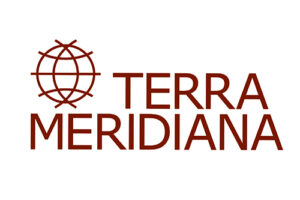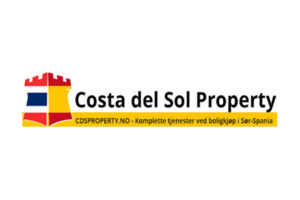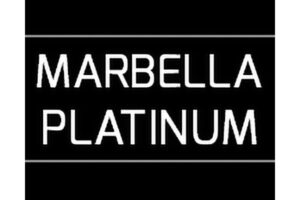An introduction to one of Southern Spain’s outstanding visual artists, who is also an accomplished singer/songwriter known and appreciated by generations of schoolchildren.
Article by Vivion O’Kelly
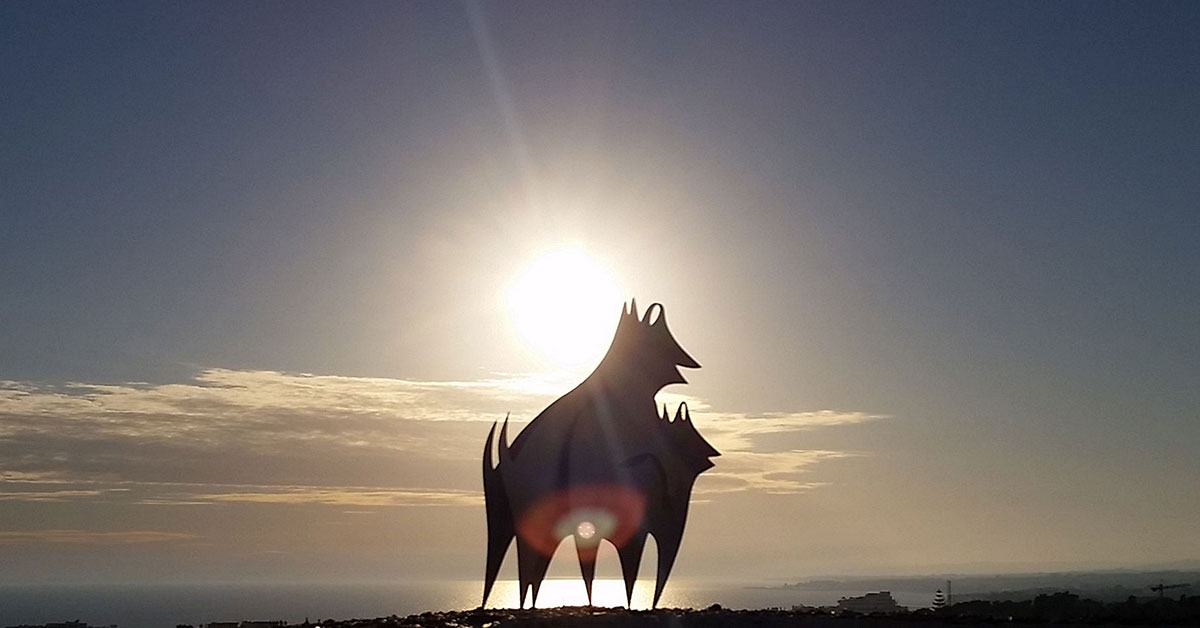
Most artists take a straight line. They find a means of expression that works and stick to it. To change would be to make their work less recognisable and frighten off buyers. Or to put it bluntly, if you purchase the work of an artist, you want it to look like the work of that artist.
Okay, so there is an argument to be made for the artist who, through a lifetime of dedication to a unique style, becomes extremely good at it and so makes the work valuable. Sean Scully never painted anything but lines, and he does it better than anybody else in the world. But there are also many artists out there, like Damien Hirst and Gerhard Richter, for whom creativity is expressed in different ways at different times, each new phase prompted by what went before and each adding to a lifetime body of work that is too kaleidoscopic to be easily categorised. Pedro Molina is one of them.
His vast output, much of which can be seen on his Facebook page and most of which was done while still a primary school teacher, shows that he paints what he sees, what he feels, perhaps what he thinks and probably what he hears, because he is also an accomplished singer/songwriter, musician and author of a multi-disciplinary children’s book. If any single artist can be identified as being the person who has done most for the arts in Marbella, it is Pedro Molina.
He was born is the Jaén town of Andujar 63 years ago, studied art in Seville, qualified as a primary school teacher and has lived in Marbella since the early nineteen eighties. He exhibits often and regularly, sometimes tailoring his work to fit the spaces available, as in the case of his El Estrecho Bar shows. Hence his tall narrow series.
Portugal is one of his favourite exhibition places, although he has also shown in Italy, Switzerland and China. His work can be seen in the commercial section of the Pompidou Centre in Malaga, and in many private collections in other parts of the world. Let’s take a look at some of it.
Menina
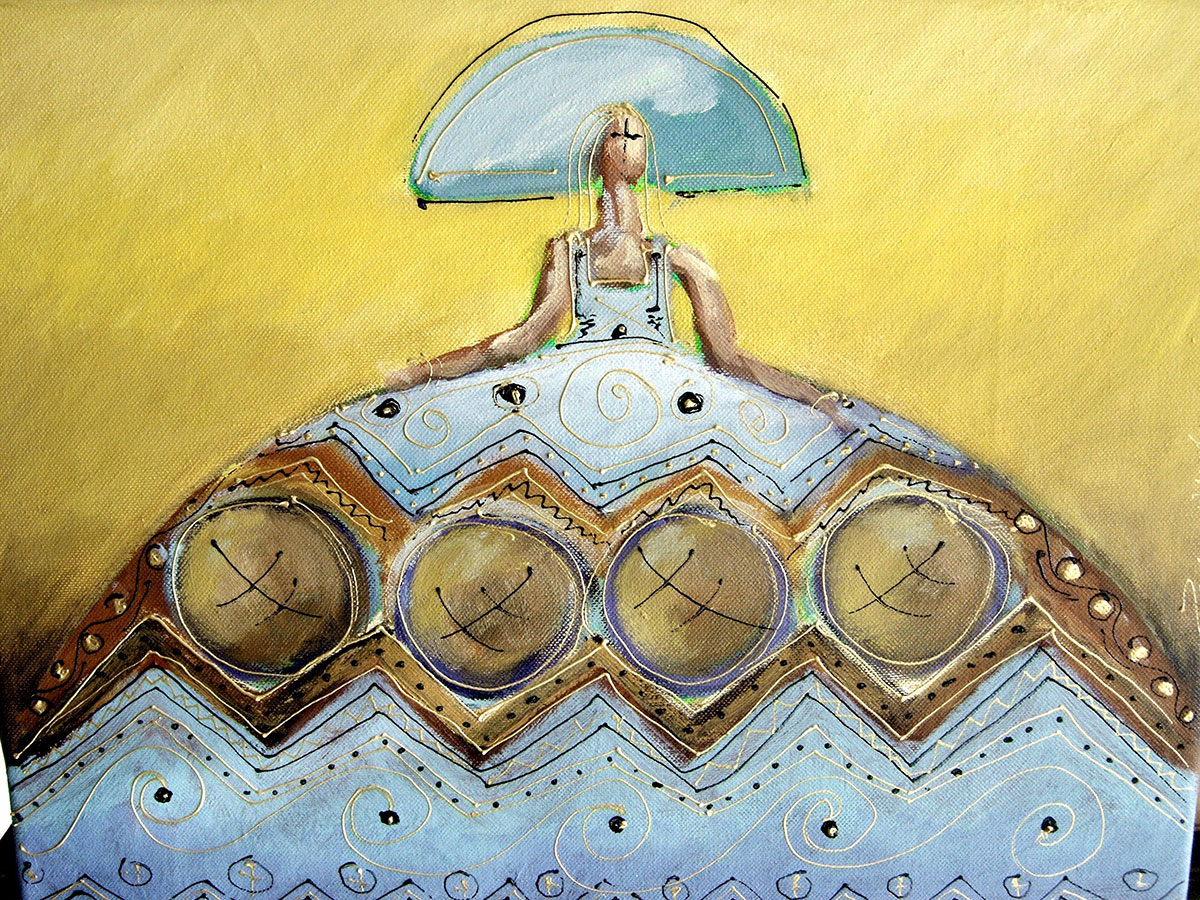
As a painter on canvas, Pedro is probably best known for his Minotauros and Las Meninas series, the bullfighters in the former never depicting the bullfighters in action. His Las Meninas come in many shapes and colours, the one above being quite representative of the series. While much of his work is exuberantly colourful, this painting is rich in brown and ochre tones but somewhat restricted in colour. The figure itself has been painted with as few brush strokes as is necessary.
Paseo Marítimo, Marbella
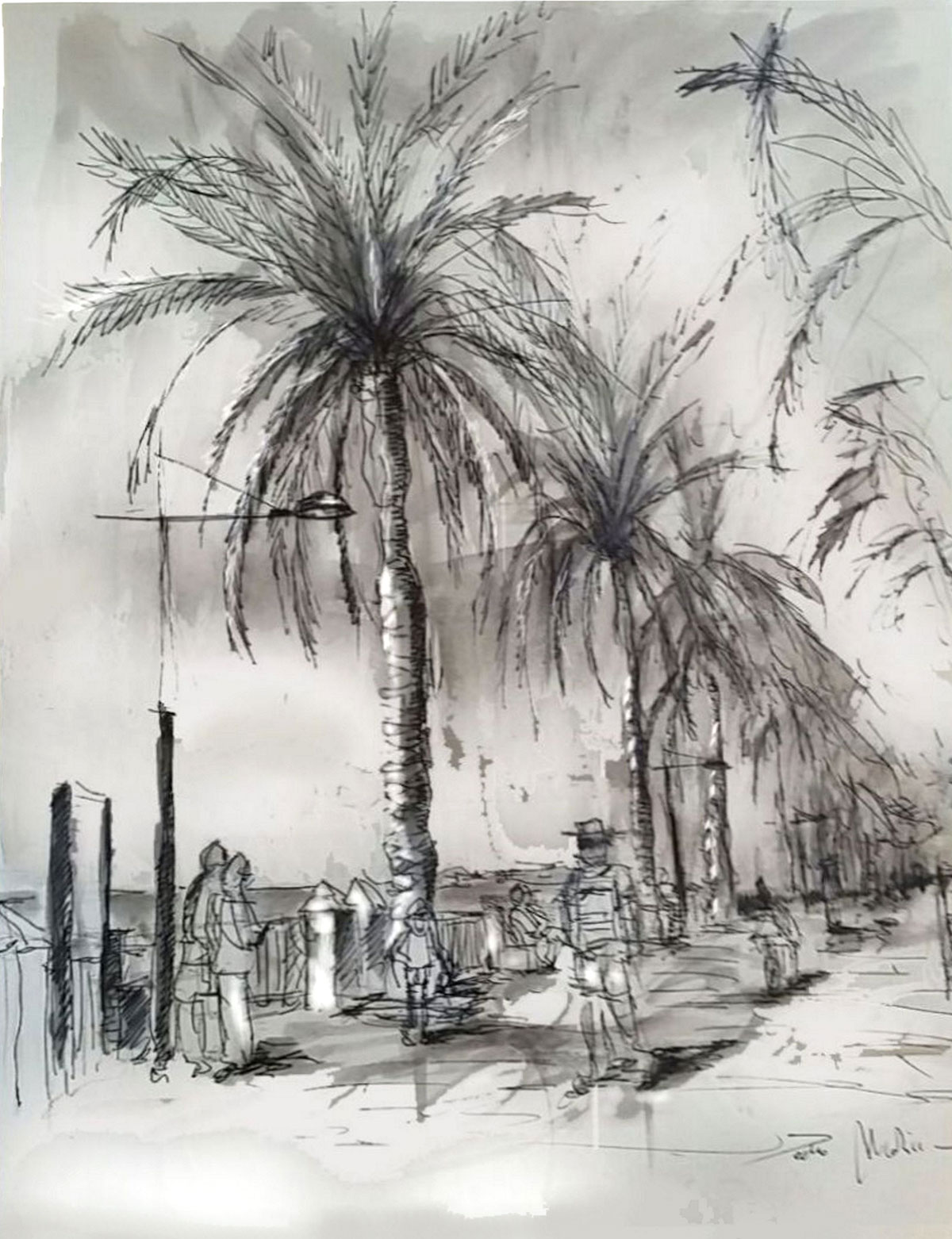
We include this monochrome watercolour of Marbella’s Paseo Marítimo as an example of Pedro’s graphic work whose detail and richly textured surface shows it not to have been directly influenced by his China experience. It is therefore not one of his Aguadas series, but more a street scene done in a traditional way.
Reclining Nude, Summer Series
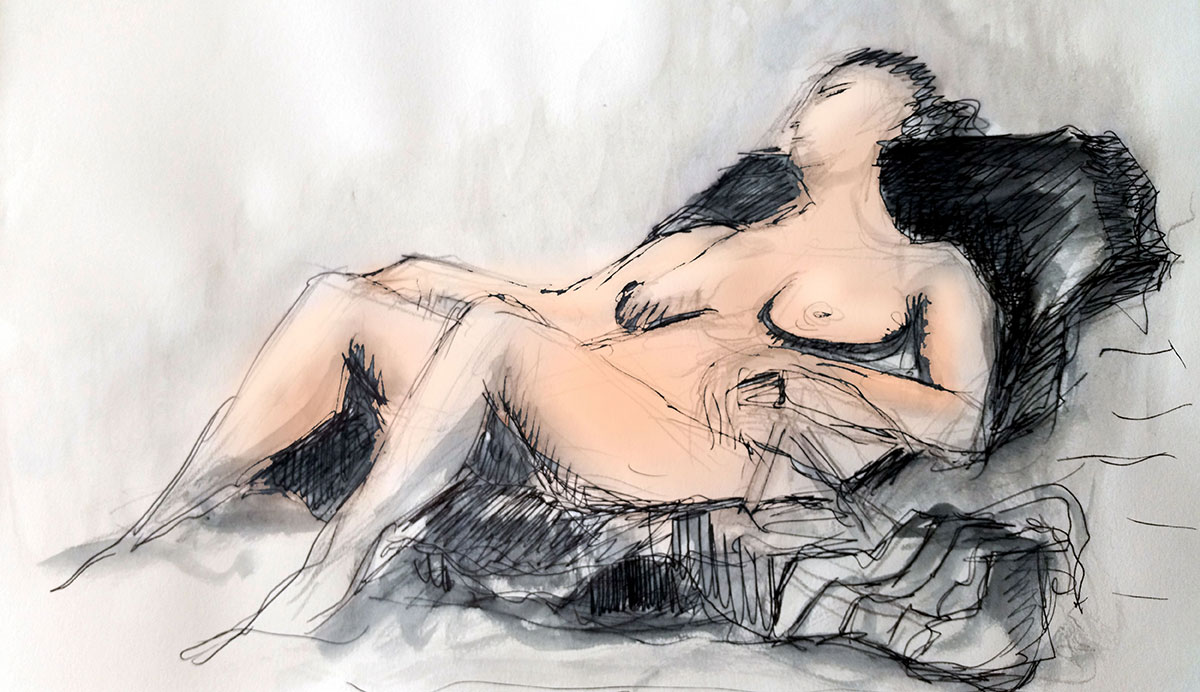
Pedro Molina sketches constantly, roaming wherever he happens to be in search of subject matter. This coloured drawing, exquisite in its draughtsmanship, was probably done on a beach in Marbella as part of an ongoing series of summer sketches.
Beijing 2009
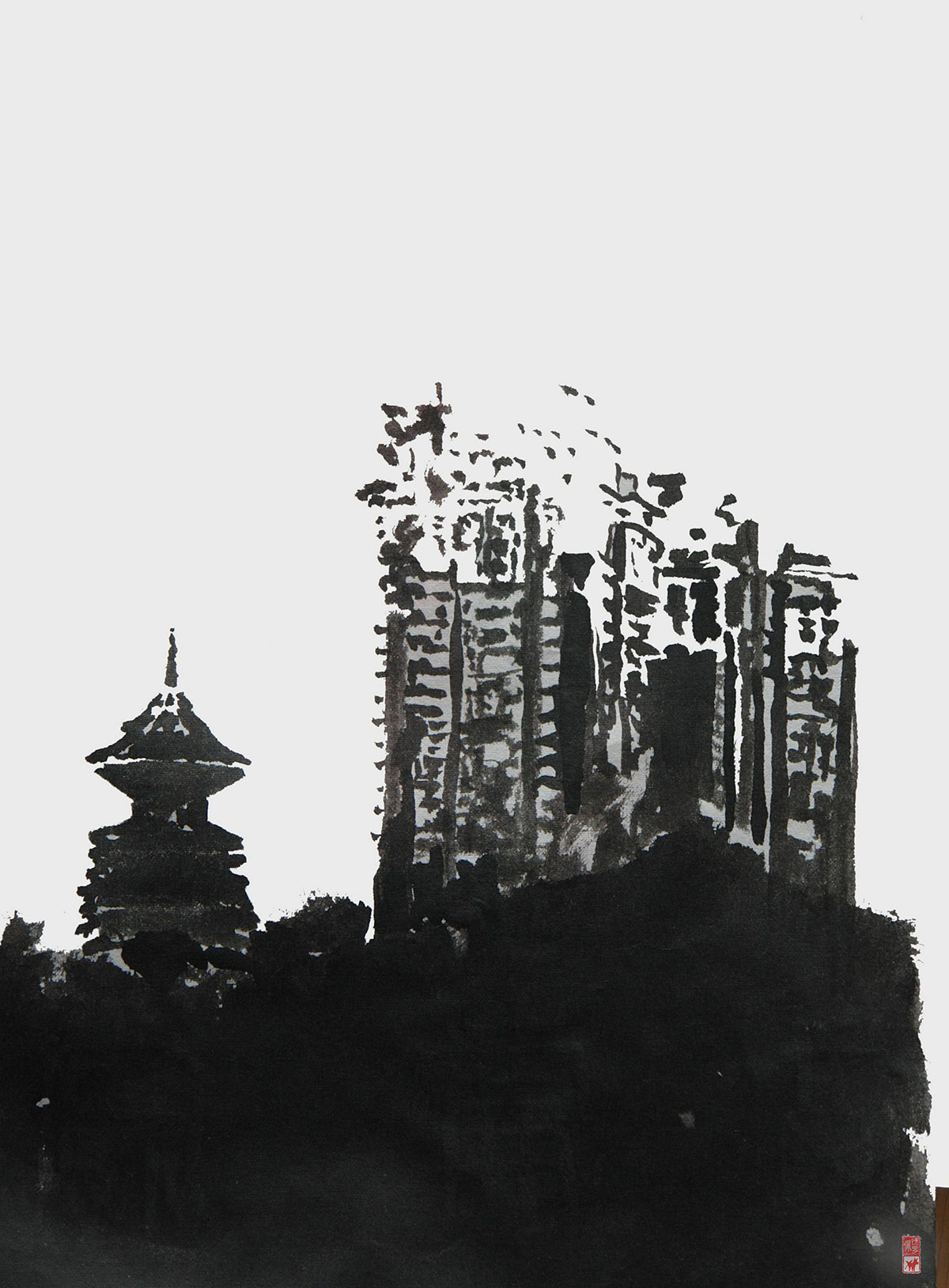
Pedro initially went to China to further his knowledge of the martial art of Taichi rather than to study ink drawing. But once there, associating with his Taichi master Cao Man Liang and visiting places in Beijing he would otherwise have never known about, he got to know various Chinese artists and how they worked. They taught him the difficult techniques of Shui mo Hua, which translates word for word as Water Ink Painting. He paid many visits to the traditional art district of Liulichang with sketchpad, drawing tools and camera in hand, producing a wonderful series that he continued to work on at home, practising and applying the technique to local motifs. This silhouette drawing of a pagoda beside a skyscraper in construction is an acute observation of modern Chinese society.
Swimmer
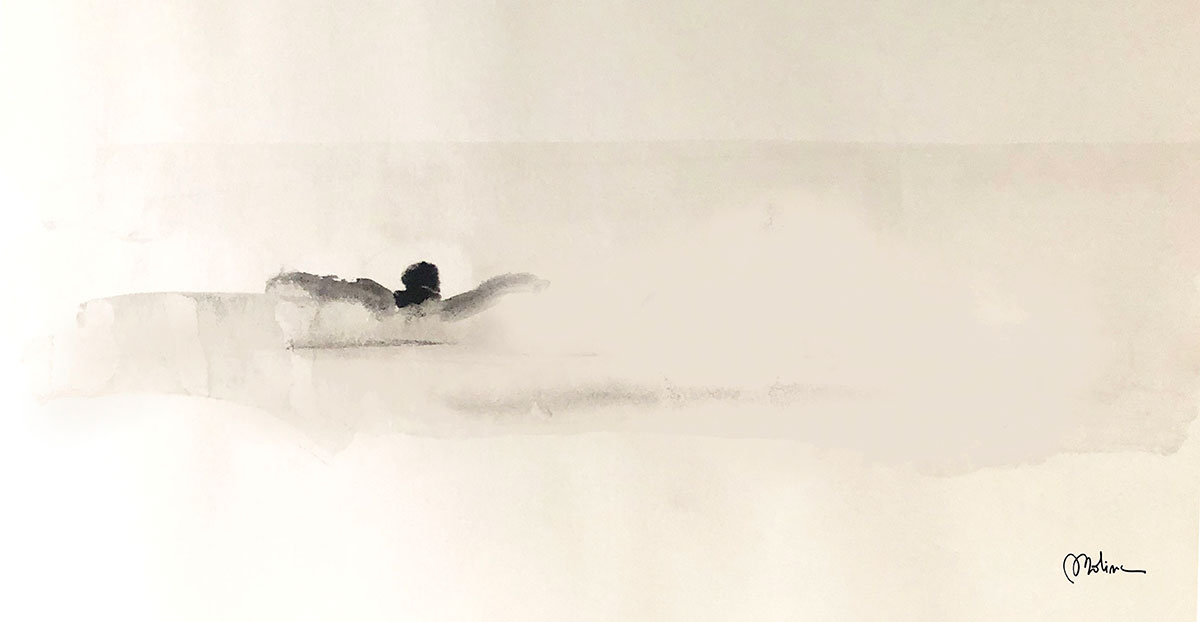
Chinese ink drawing is minimalist in the extreme, devoid of all extraneous detail. This sketch was made in seconds, using nothing more than an ink-loaded brush on paper, but it shows more than any detailed drawing or photograph of the same subject could possibly depict. It shows the essence of a human figure and the essence of water, while exceptional draughtsmanship makes it clear that the woman is swimming. Less is beautiful.
Pescadores
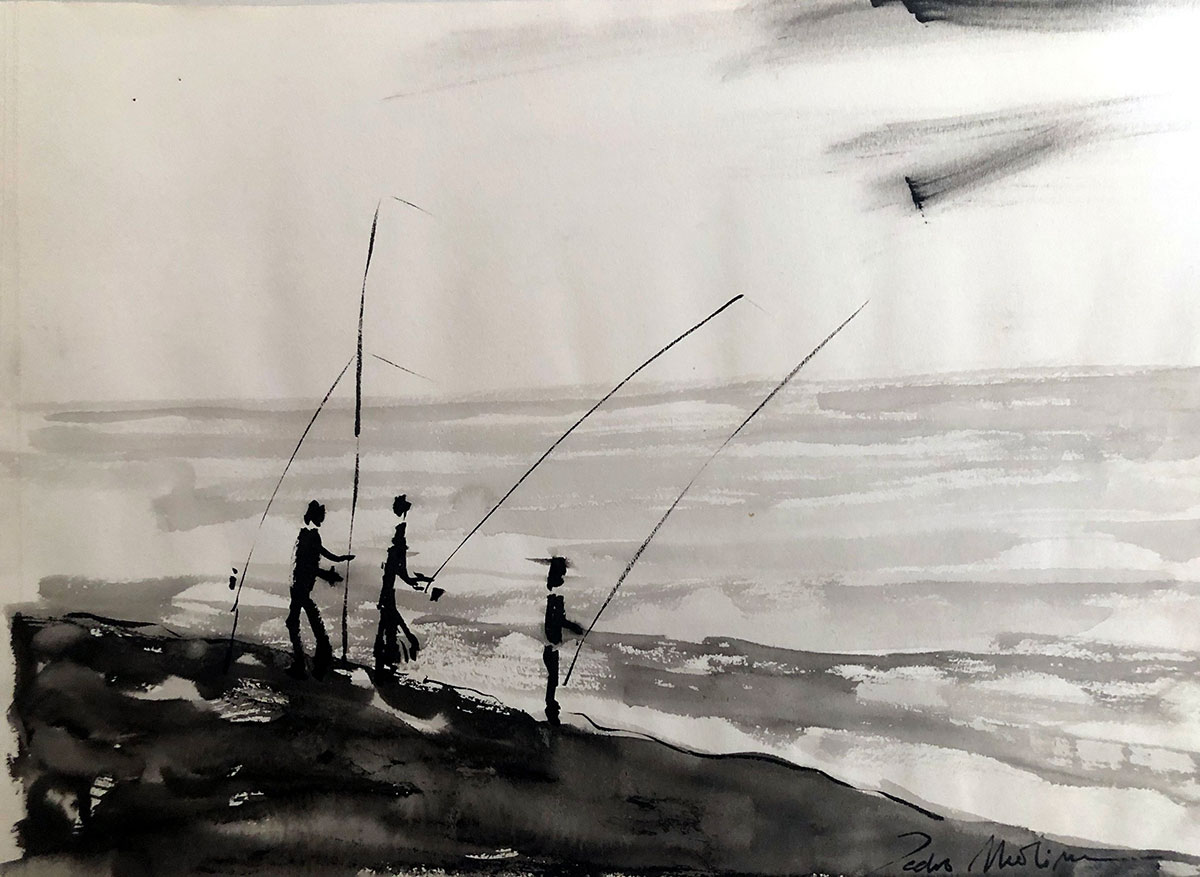
We’ve all seen them in Marbella, but perhaps not in such simplicity of shape before. The Chinese experience (over a period of two years, for which Pedro prepared by learning basic Mandarin) is evident in this stark ink and water drawing of three people fishing off the rocks in Marbella.
Migration

This is another drawing in the aguada (ink & water) series, showing a flock of swallows over wooded land. In work of this kind, the artist must have a clear idea of what he is about to do, because mistakes cannot be corrected. With quick brushstrokes in black and white, we have a scene of nature at its liveliest.
Bamboo
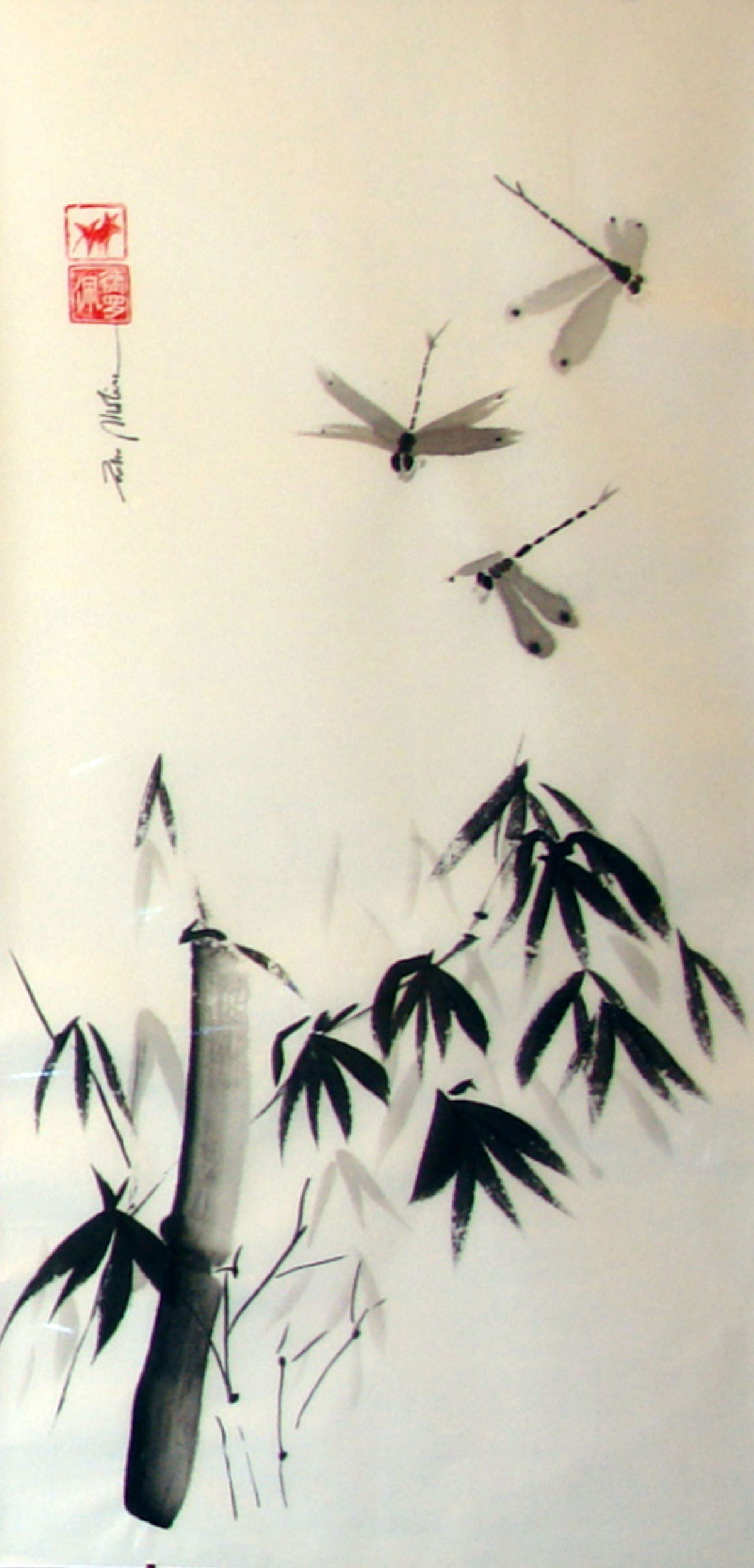
A traditional Chinese subject done in a traditional Chinese way: dragonflies hovering over a bamboo shoot. If this drawing had been done by one of Pedro’s teachers in Beijing, we would probably not have noticed the difference.
Confinamiento 2020
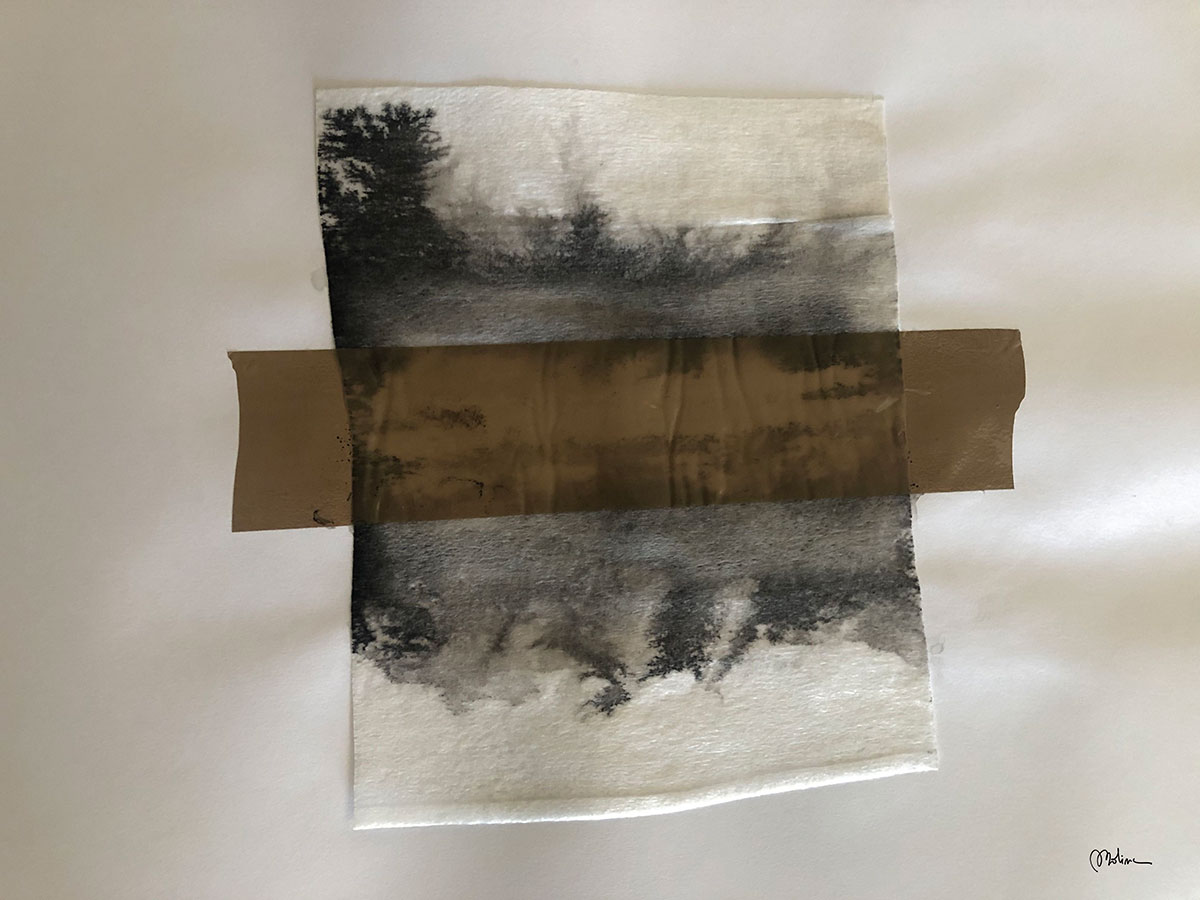
As part of his Chinese studies, Pedro Molina was required to learn about paper. It is no surprise then that he is capable of taking advantage of any paper material at hand, in this case a paper napkin and a strip of adhesive paper. The image could be the reflection of trees in water or it could be completely abstract, as the title might suggest, but it doesn’t matter which. The result is a beautiful work in black, white and brown.
Pedro’s dogs
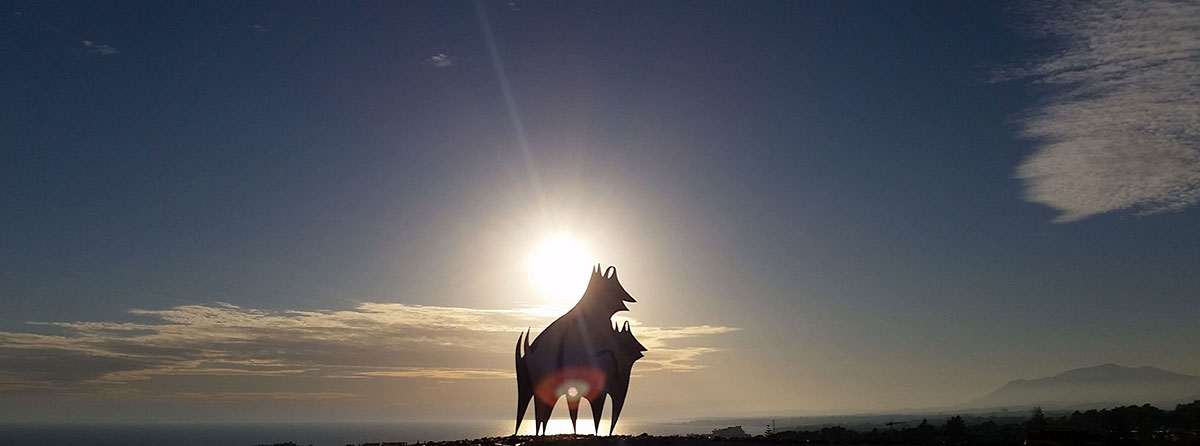
Pedro has bombarded Marbella with his very own dog motif, as paintings, sculptures and huge wooden structures that are burnt on the beach in the kind of Auto-da-Fé bonfire celebration we see in many parts of Spain, especially in the south east. Some of the sculptures are painted and some are highly reflective, but almost all show a male dog peeing. With a touch of humour and a nod to the famous Osborne bull, this one, titled Amor al Atardecer, shows two dogs doing something else.
This is no more than a brief look at a Marbella artist whose work has gone through many phases, and will very likely continue to do so. As a teacher, Pedro Molina has published books with accompanying words and music to help young people learn, and as a musician, he has composed, performed and helped other people do the same over the years. He is the leading light behind the art group La Kavra, and when asked to comment on his life’s work, he replied: “Each step of my life has been drawing and painting. And there are the works to show for it. What more can I say?”



















